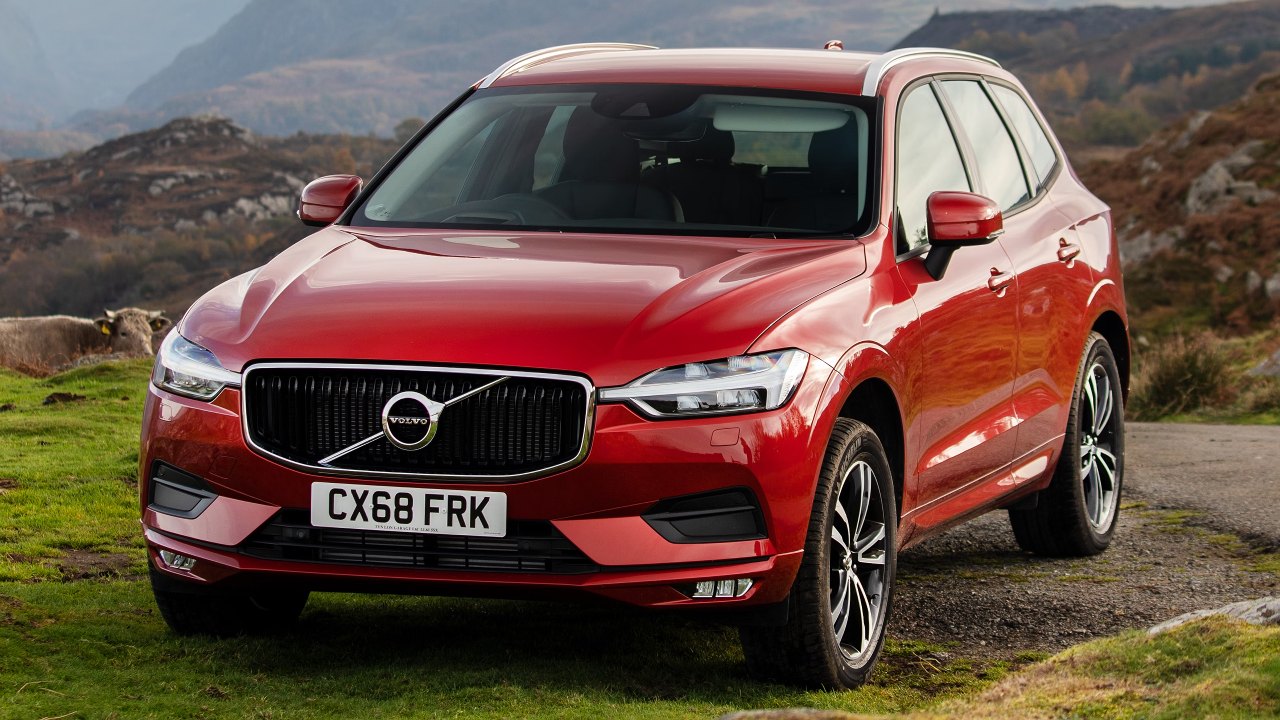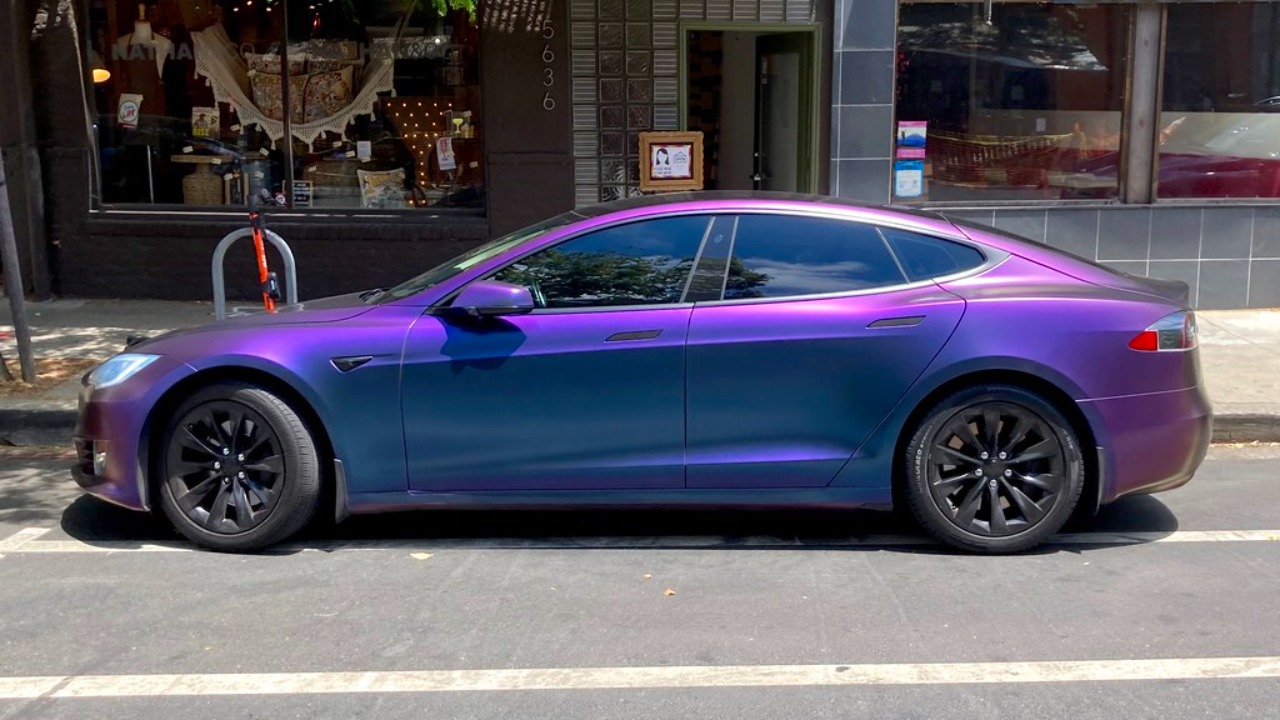Automatic Emergency Braking (AEB) systems are becoming a standard feature in modern vehicles, with regulations pushing for their mandatory installation. This initiative aims to enhance road safety by reducing collisions and saving lives. The implications, benefits, and challenges of making AEB mandatory are significant, reflecting broader trends in automotive safety and technological innovation.
The Rise of Automatic Emergency Braking
The evolution of Automatic Emergency Braking (AEB) technology has been rapid and impactful. Initially, AEB systems were relatively simple, designed to prevent rear-end collisions by using sensors to detect the distance to the vehicle in front and applying the brakes if a collision seemed imminent. Over the years, these systems have become increasingly sophisticated. Modern AEB technologies, such as those found in the 2024 Ford Mustang, can now detect pedestrians and cyclists, offering broader protection and enhancing overall road safety. This advancement is a testament to ongoing research and development in the automotive industry.
Adoption trends for AEB systems have been strongly influenced by consumer demand and safety ratings. Manufacturers like Toyota and Honda have begun to include AEB as a standard feature in many of their models, such as the 2025 Toyota Camry, responding to the growing awareness and demand for safety features. The Insurance Institute for Highway Safety (IIHS) and other organizations have contributed to this trend by incorporating AEB into their safety rating criteria, further encouraging manufacturers to adopt the technology.
Globally, the regulatory landscape is shifting toward making AEB a mandatory feature. Countries like the European Union member states have already implemented regulations requiring AEB in new cars. In the United States, discussions are underway to follow suit. This movement reflects a broader commitment to road safety and the reduction of traffic-related fatalities worldwide.
Safety Benefits and Impact on Road Accidents
The safety benefits of AEB systems are well-documented and significant. Studies have shown that vehicles equipped with AEB experience a notable reduction in collision rates. For example, research conducted by the National Highway Traffic Safety Administration (NHTSA) indicates that AEB systems can reduce rear-end collisions by up to 50%. The 2023 Subaru Forester, equipped with an advanced EyeSight Driver Assist Technology, exemplifies how effective these systems can be in everyday driving scenarios.
Beyond reducing rear-end collisions, AEB plays a crucial role in protecting vulnerable road users such as pedestrians and cyclists. In urban environments, where interactions between vehicles and non-motorized road users are frequent, AEB systems can prevent accidents that might otherwise result in severe injuries or fatalities. The 2024 Volvo XC60, for instance, integrates pedestrian and cyclist detection into its AEB system, underscoring the potential of this technology to save lives.
The introduction of AEB also has implications for insurance and overall costs for consumers. Vehicles equipped with these systems may benefit from lower insurance premiums, as insurers recognize the reduced risk of accidents. While the initial cost of AEB systems can be a consideration, the long-term savings from reduced accident rates and potential lower insurance premiums often provide a favorable cost-benefit analysis for consumers.

Challenges in Implementation
Despite the clear benefits of AEB, there are challenges in its implementation that need to be addressed. One of the primary technological limitations is sensor accuracy. Adverse weather conditions, such as heavy rain or snow, can impair the performance of sensors, potentially compromising the effectiveness of AEB systems. The 2024 Tesla Model S, for example, utilizes a combination of radar and camera technologies to mitigate these challenges, but the industry as a whole continues to work on improving performance in all weather conditions.
Standardization across different manufacturers and models presents another challenge. With each automaker potentially using distinct technologies and protocols for their AEB systems, creating uniform standards is complex. Efforts are underway to establish industry-wide guidelines, but progress has been slow. The 2025 Honda Accord demonstrates how manufacturers are currently taking individual approaches to AEB implementation, which can lead to discrepancies in system performance and user experience.
Consumer acceptance and education are also critical to the successful implementation of AEB. Many drivers remain unfamiliar with the capabilities and limitations of AEB systems, leading to concerns about over-reliance on technology. Educating consumers about how AEB works and when it should be relied upon is essential to building trust and ensuring that drivers use these systems effectively.
Future of Vehicle Safety Technology
The future of vehicle safety technology is closely intertwined with the integration of AEB and other advanced driver-assistance systems (ADAS). As AEB continues to evolve, its potential to work in conjunction with systems like adaptive cruise control and lane-keeping assist promises to create a more comprehensive safety net for drivers. The 2024 Audi A6, for example, exemplifies this trend by incorporating multiple ADAS features that work seamlessly together to enhance driver safety.
Innovations on the horizon for AEB technology are poised to further revolutionize vehicle safety. Researchers are exploring the use of artificial intelligence and machine learning to improve decision-making processes within AEB systems. These advancements could enable systems to better predict and respond to complex driving scenarios, potentially reducing accidents even further. The 2026 BMW iX is expected to feature some of these cutting-edge technologies, showcasing the direction in which the industry is headed.
The long-term vision for road safety involves a future where zero road fatalities become a realistic goal. Mandating AEB is a significant step toward this vision, but it is part of a broader strategy that includes the development of fully autonomous vehicles. As technology continues to advance, the integration of AEB with autonomous driving systems could pave the way for safer roads and a reduction in human error-related accidents.
Like Fast Lane Only’s content? Be sure to follow us.
Here’s more from us:
*Created with AI assistance and editor review.







Leave a Reply